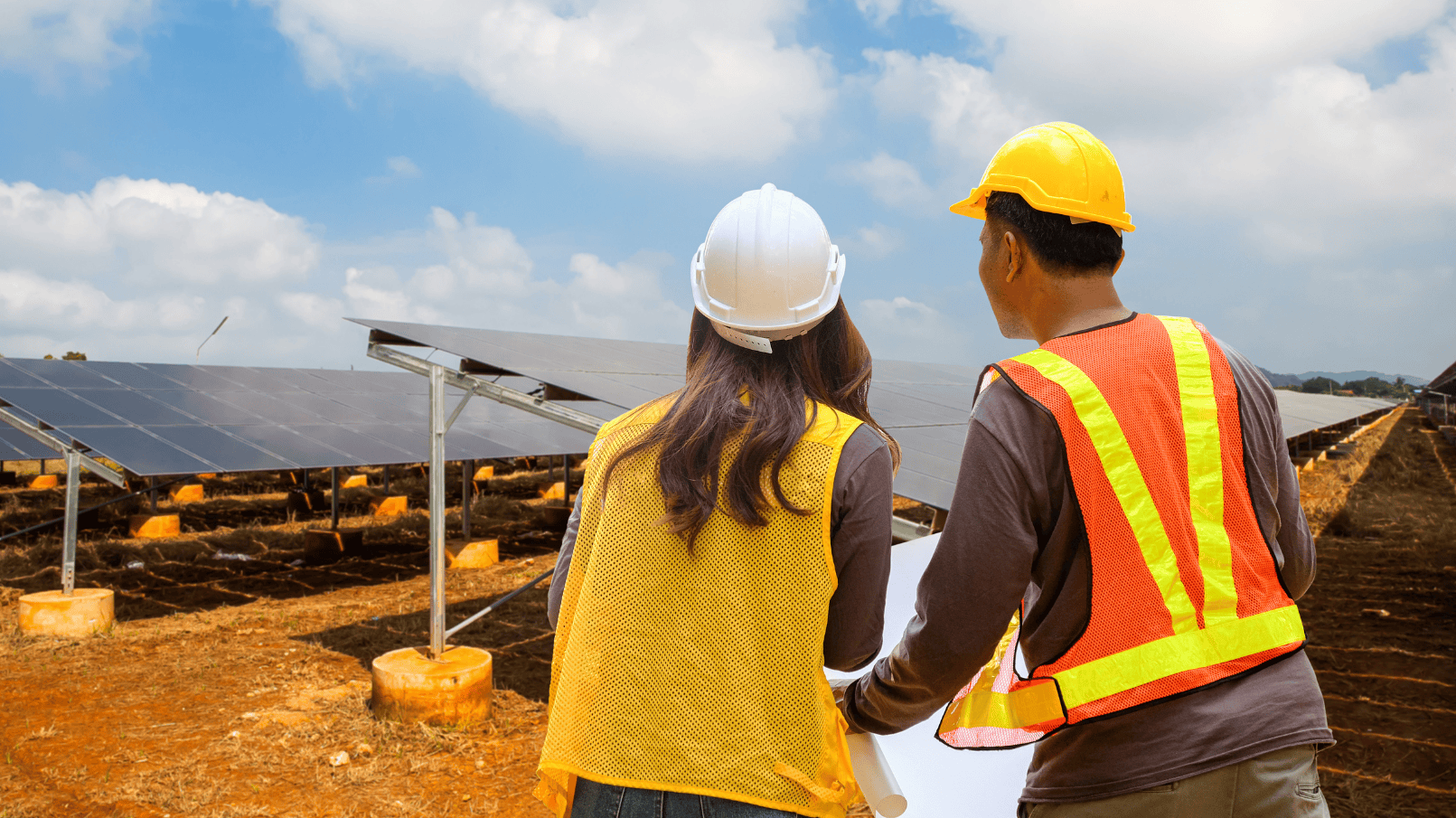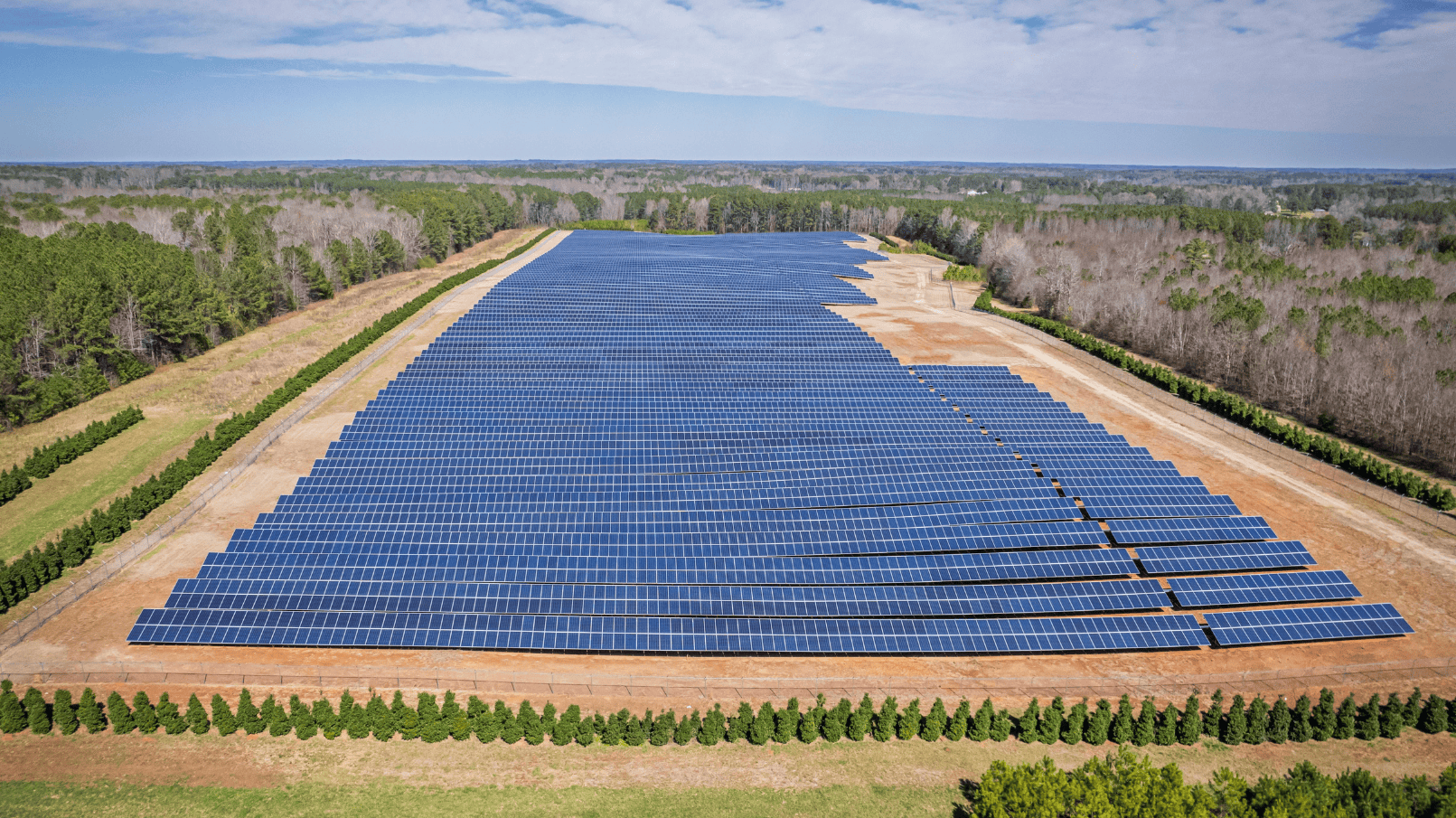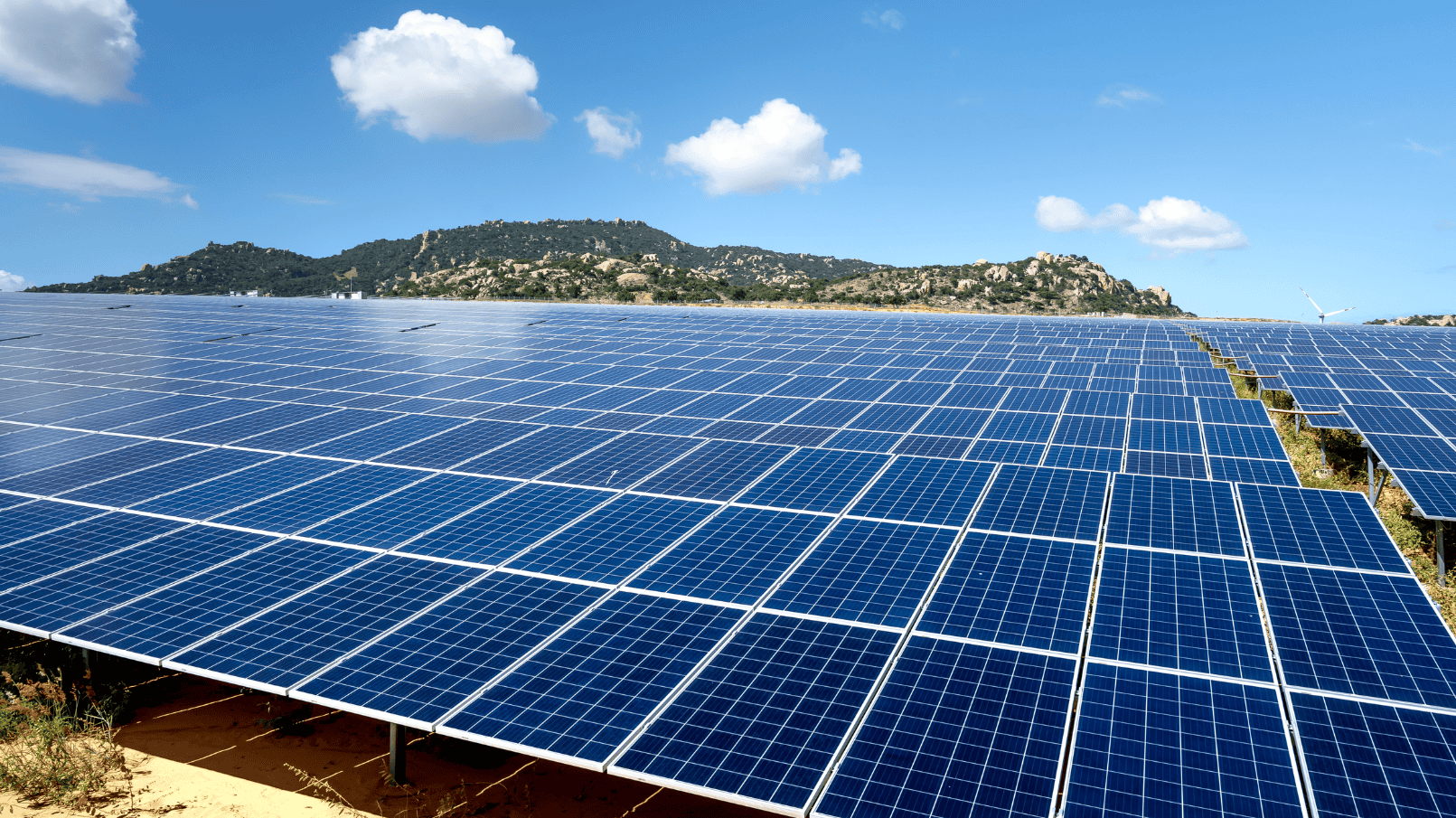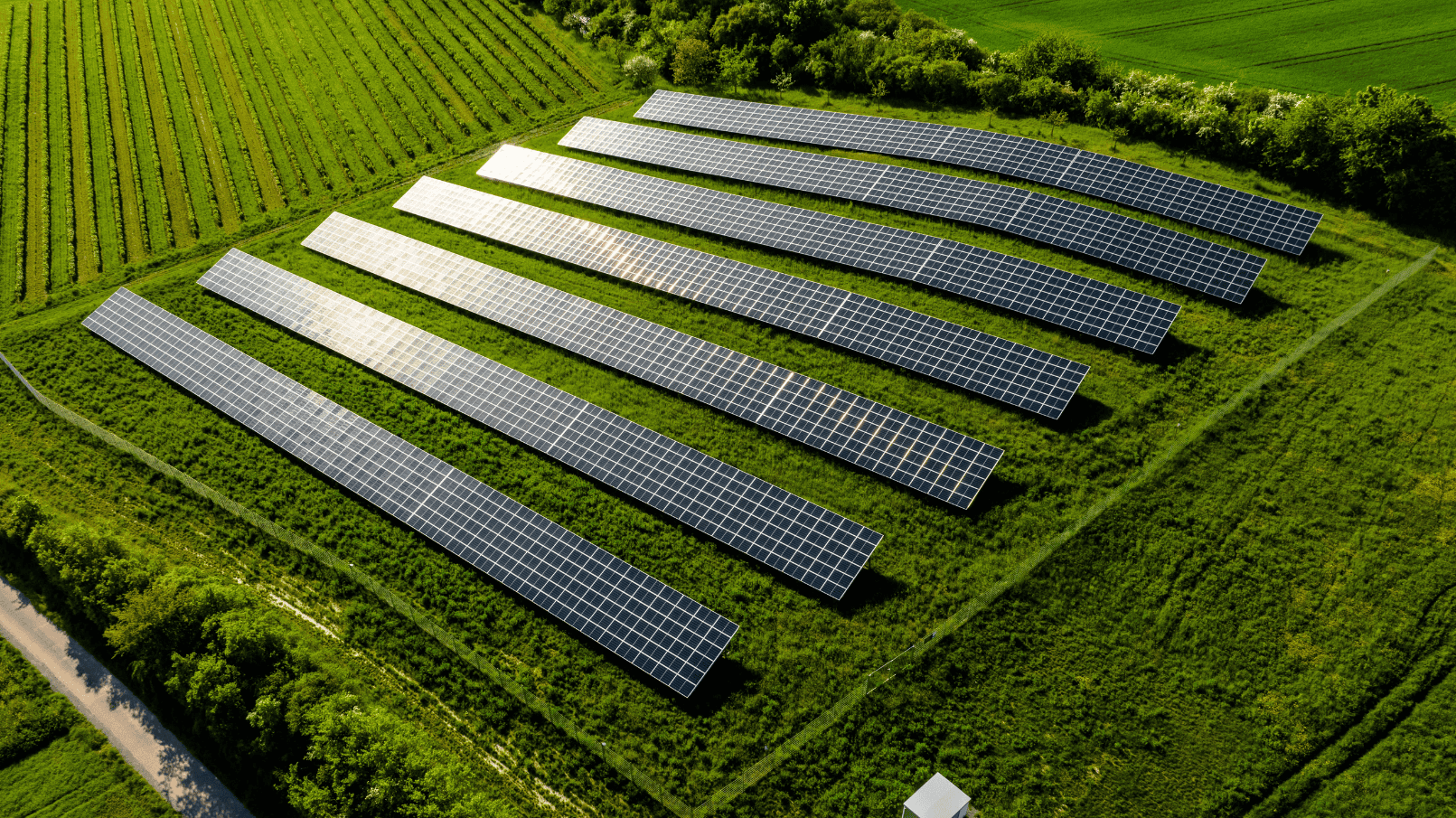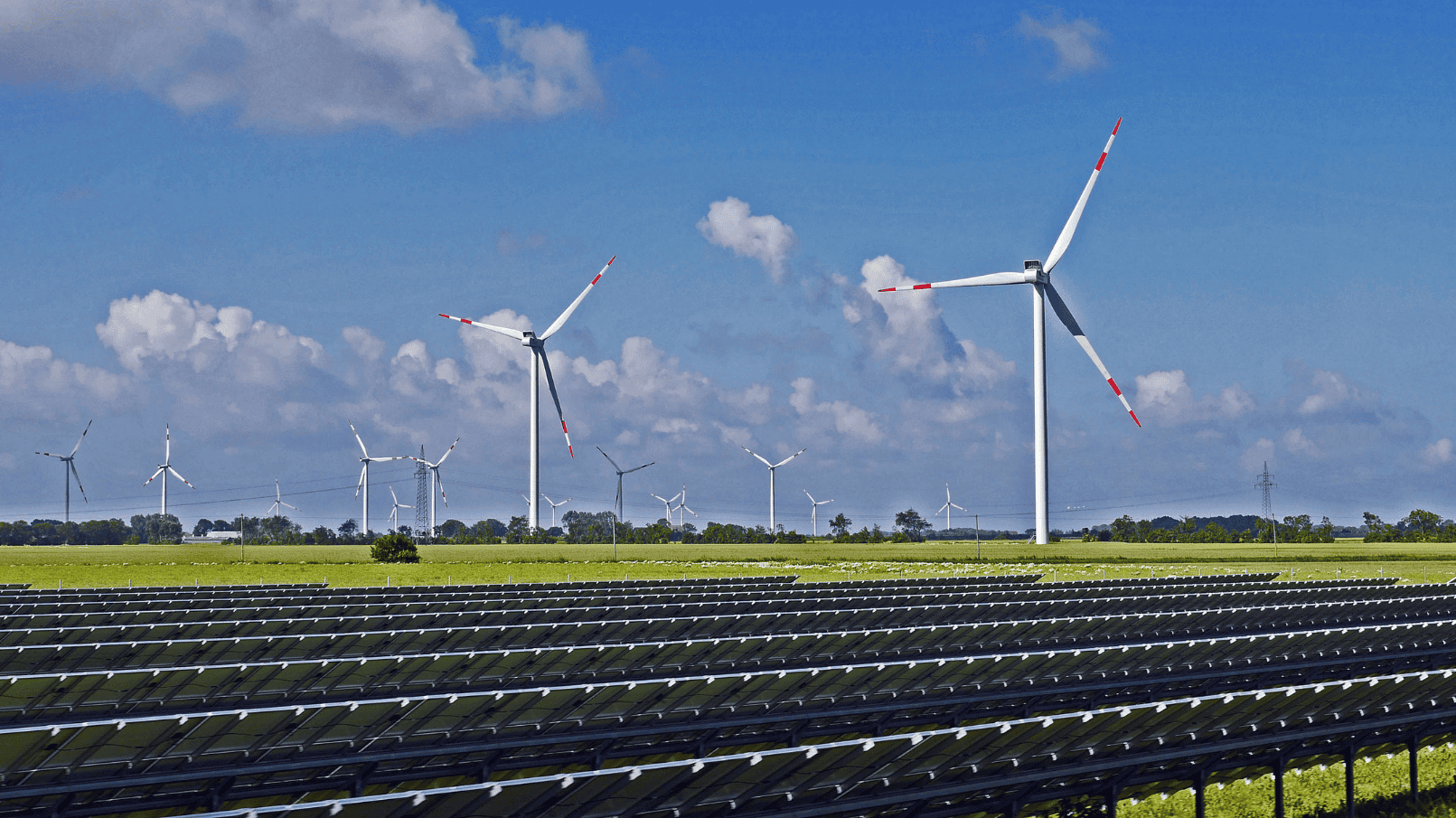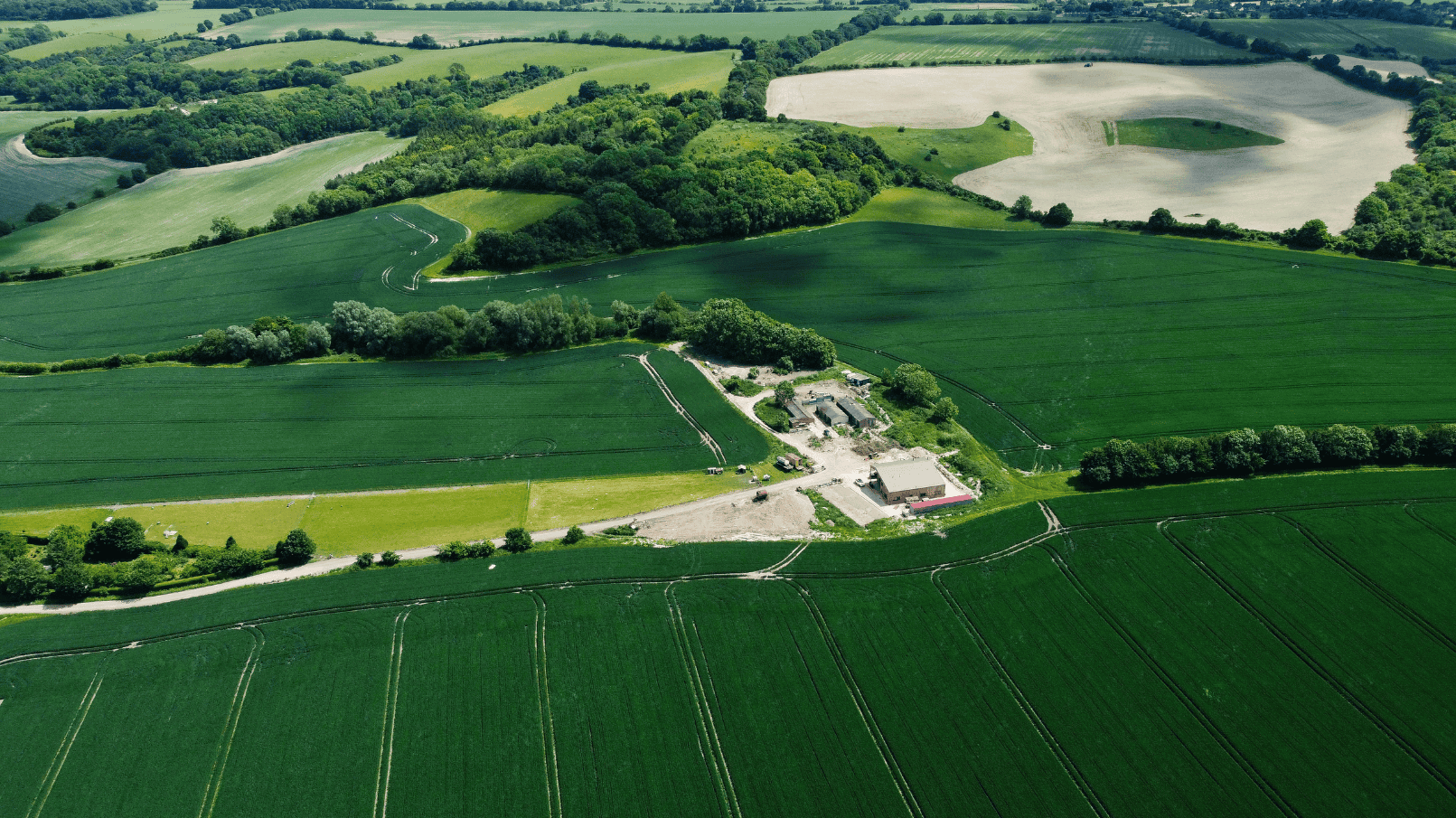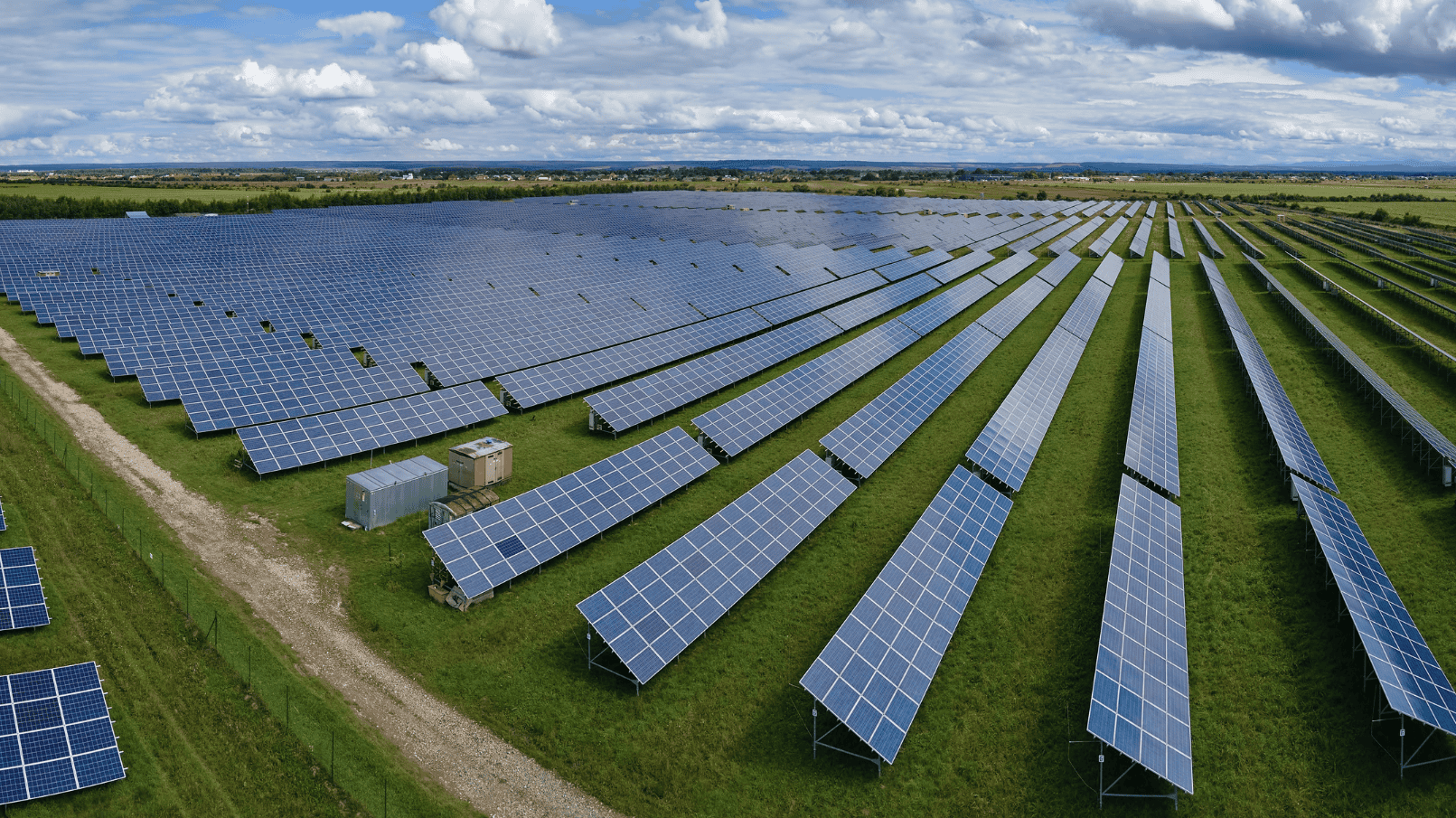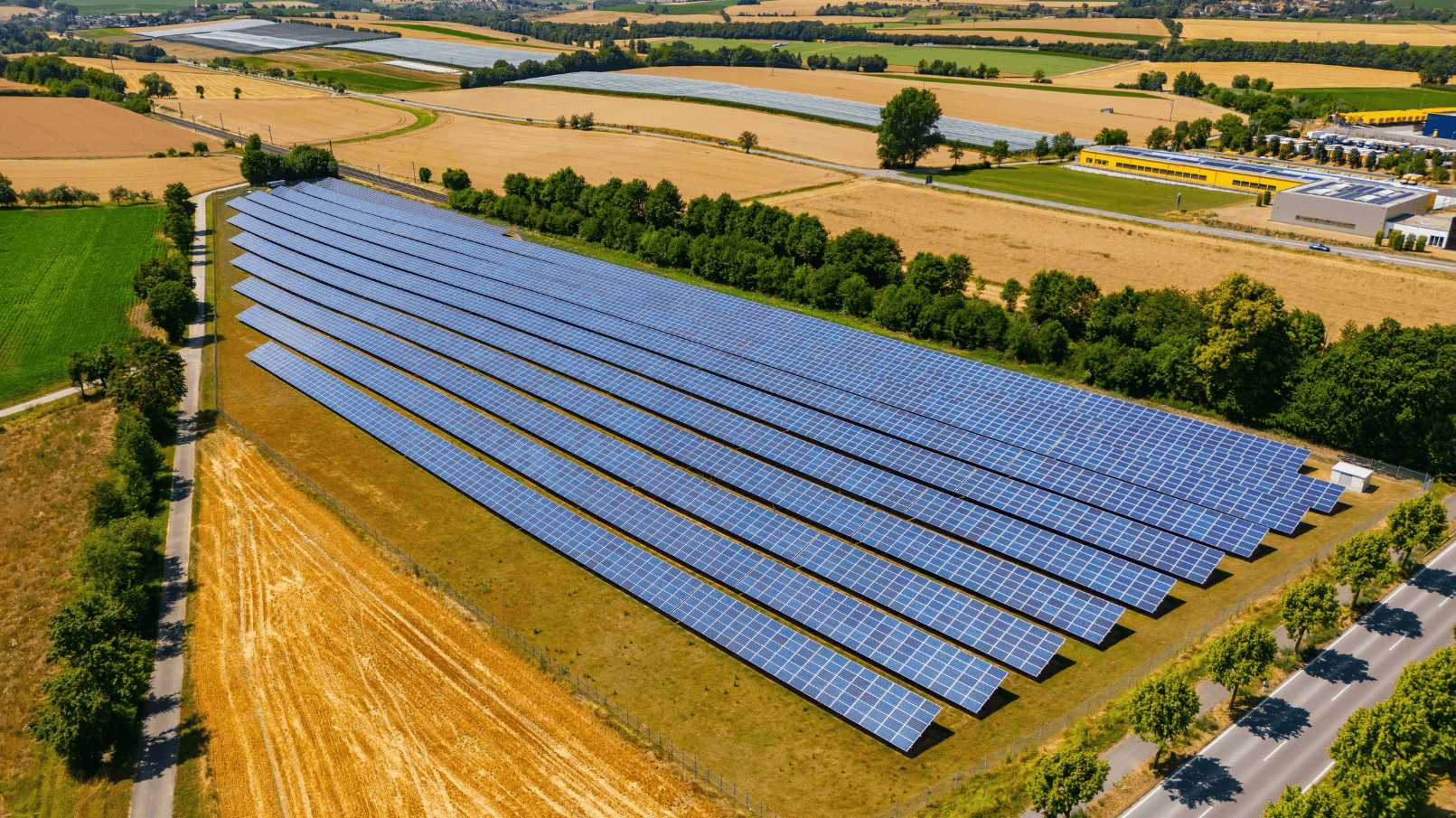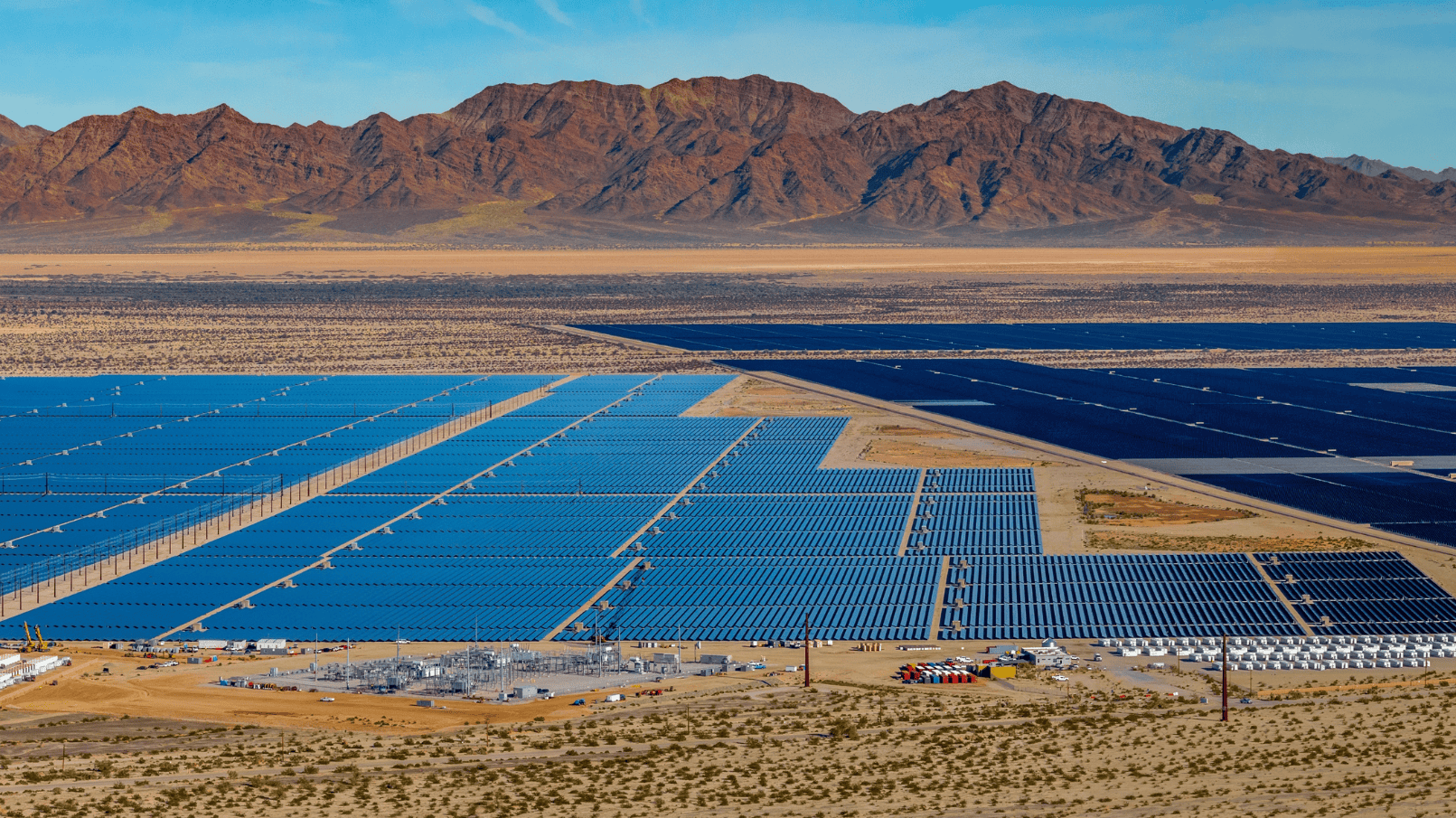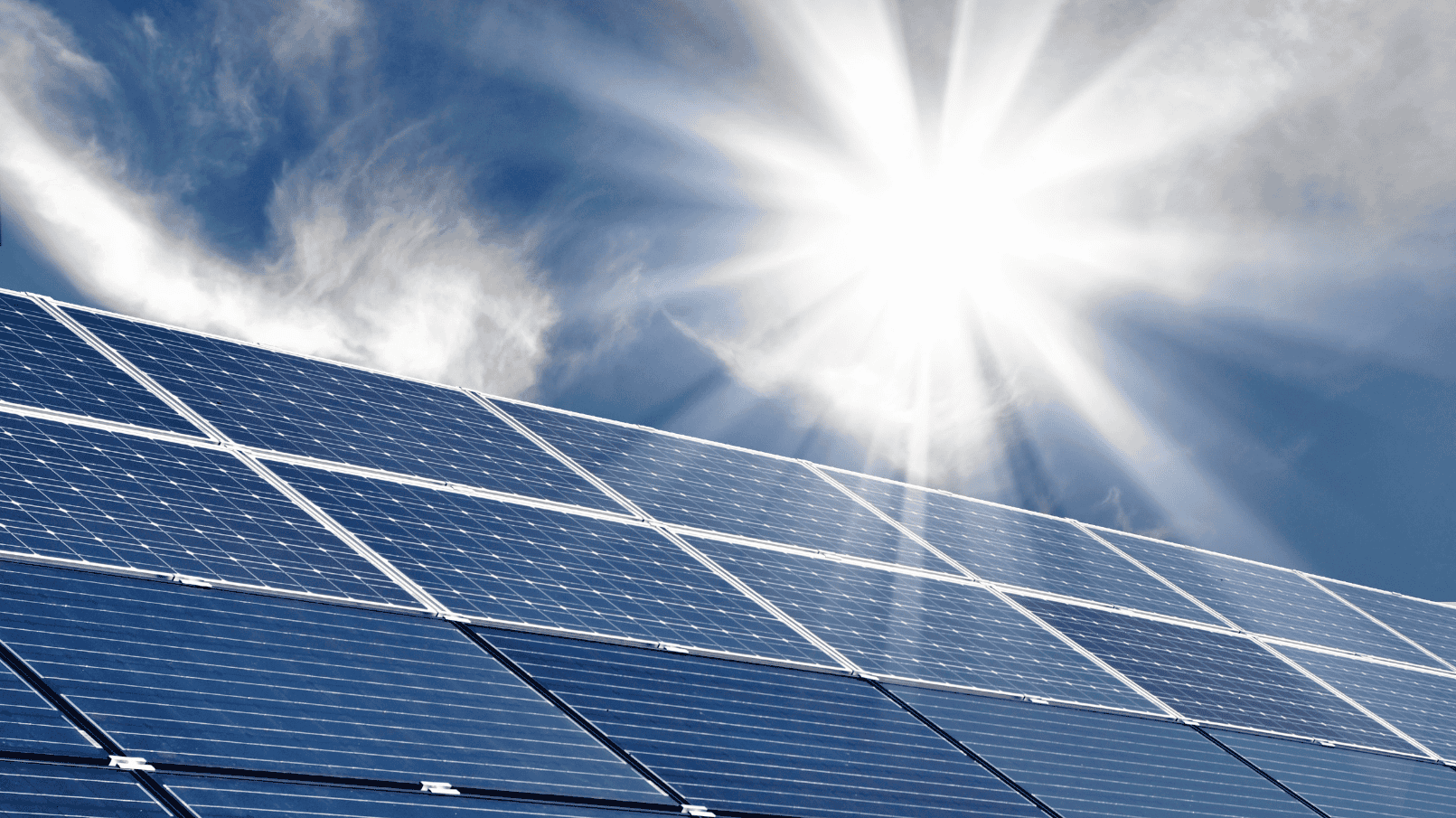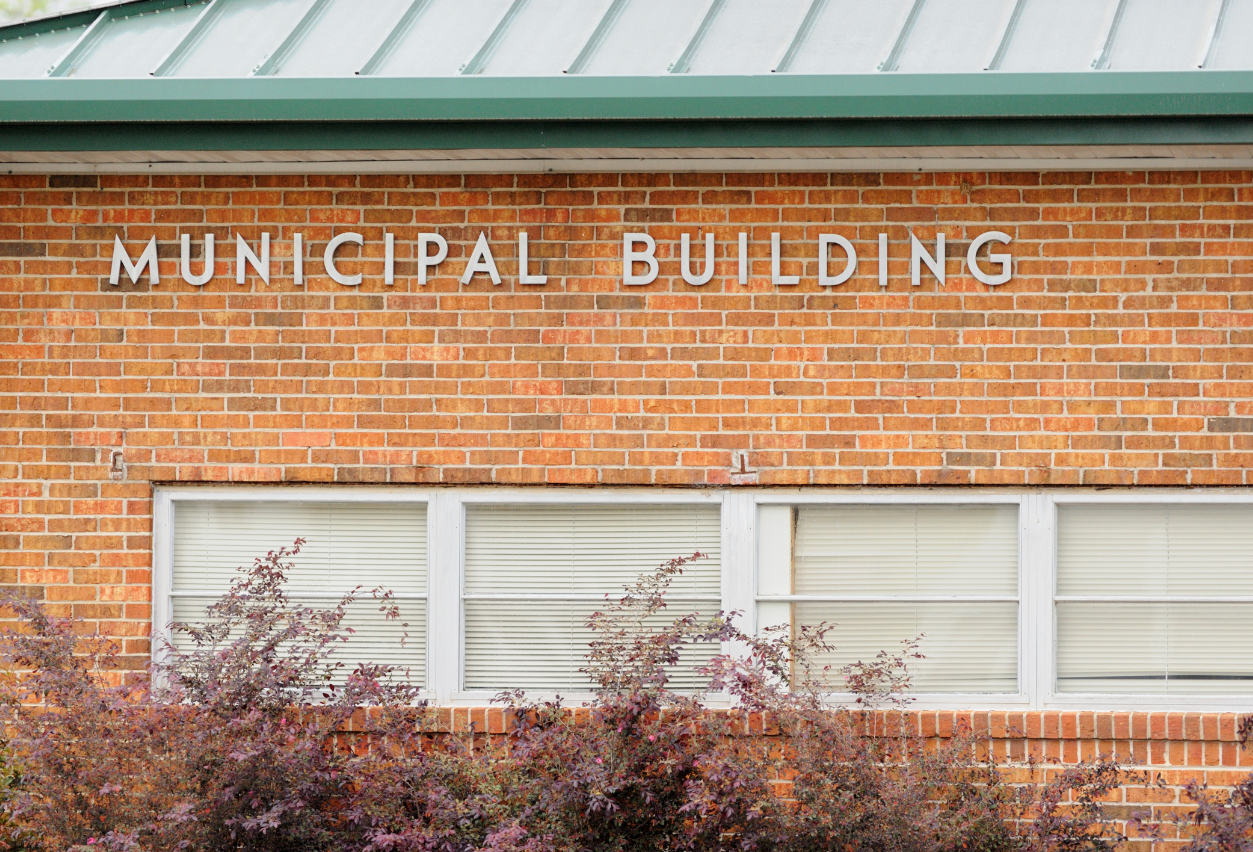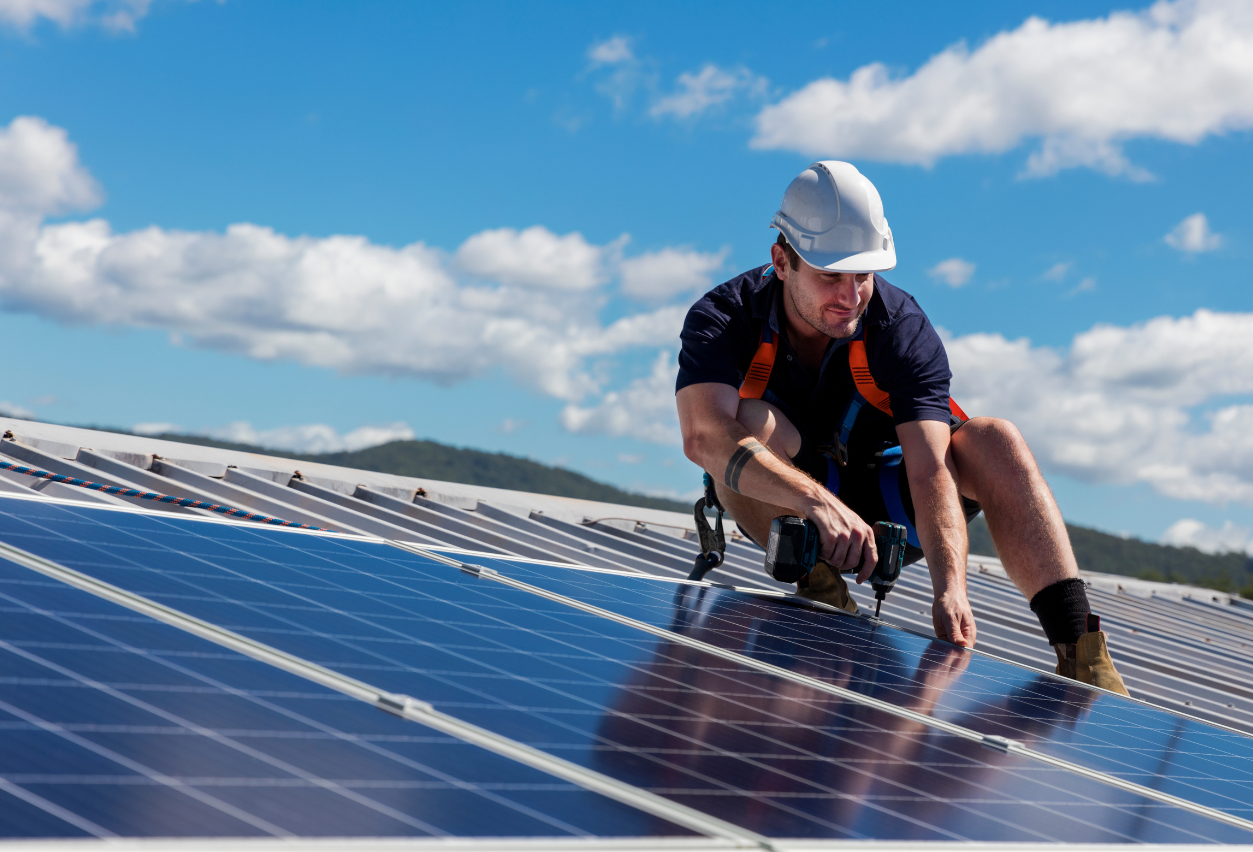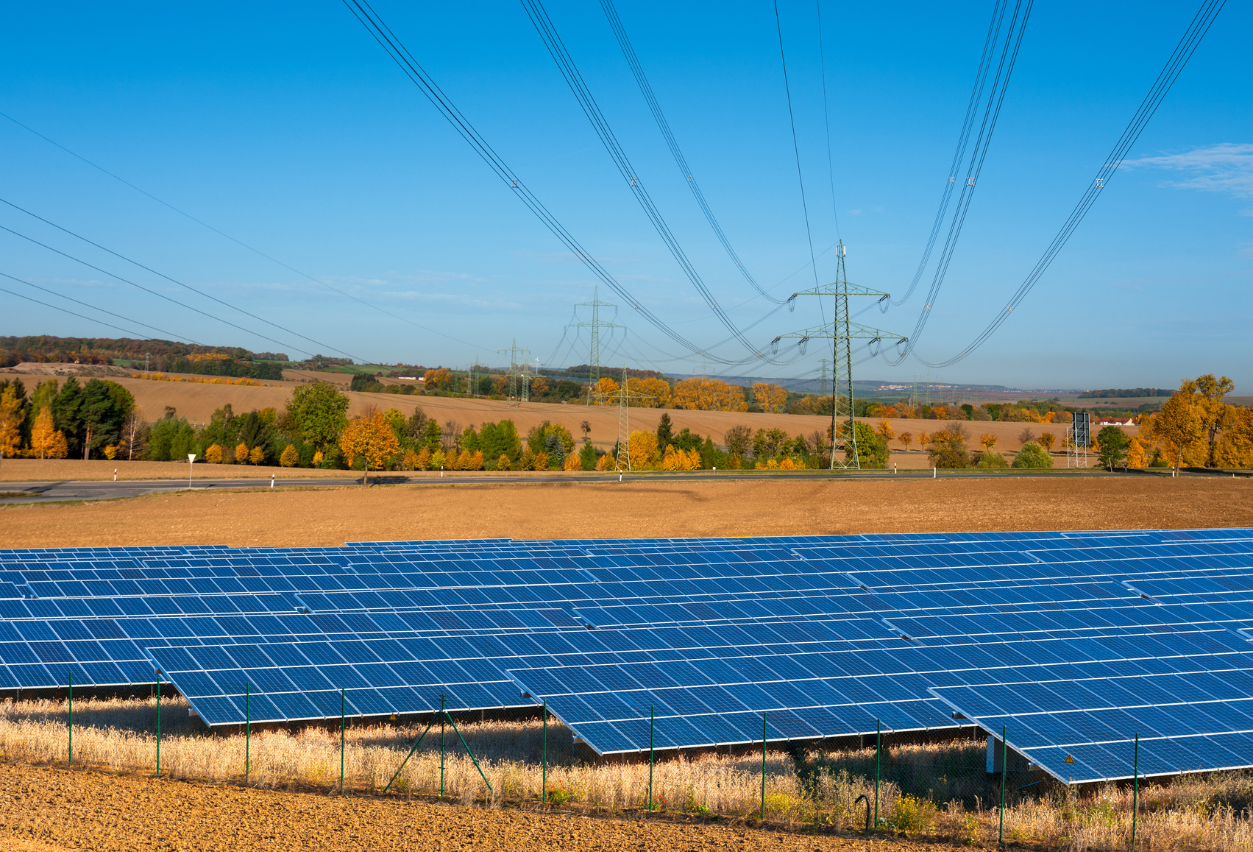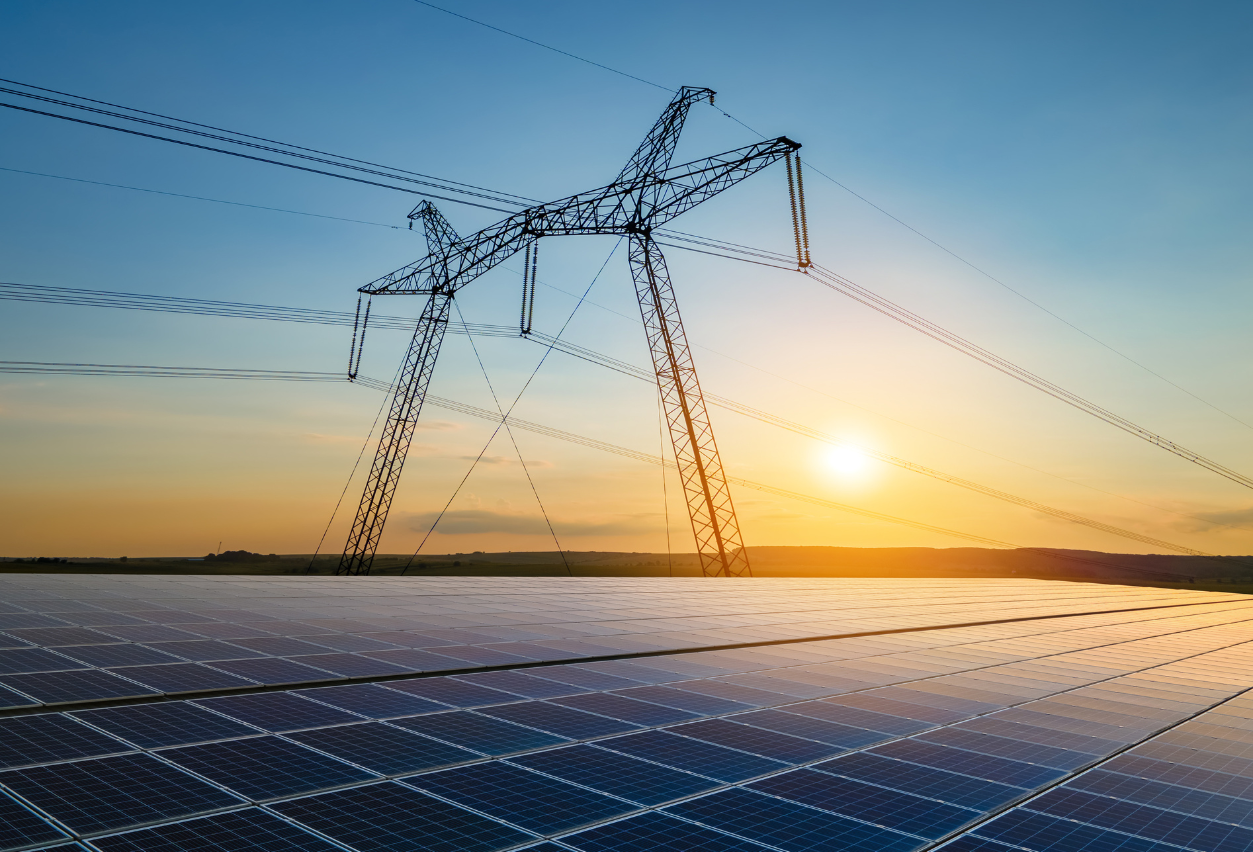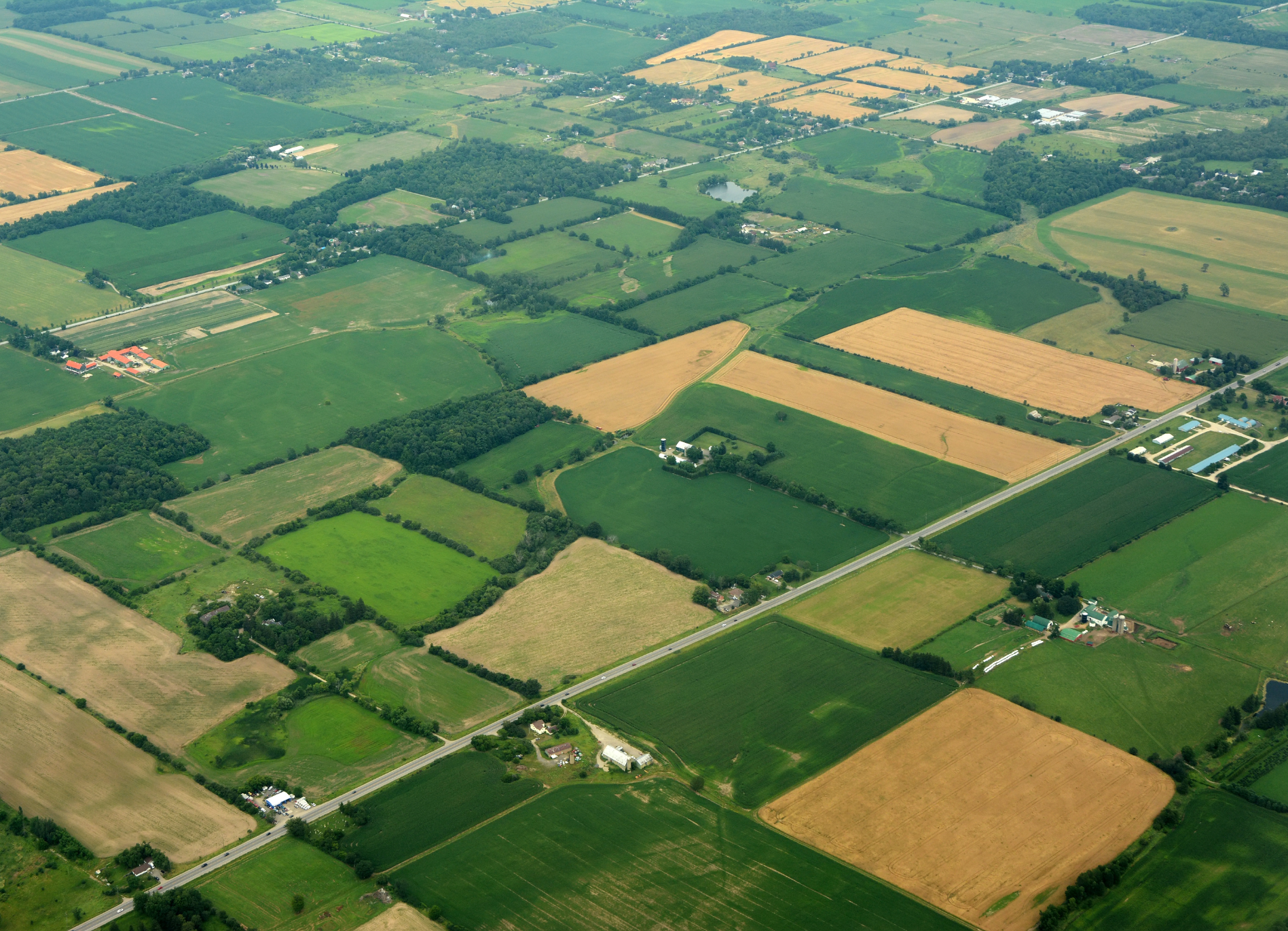One of the most common concerns about leasing land for solar panels revolves around the environmental impact of solar farms. Objectors to solar farm development often ask how the solar project affects soil, water, and local wildlife. In addition, there are many concerns around the condition of the land once the solar lease ends. This article explores the environmental impact of solar farms, debunks misconceptions, and highlights best practices that solar developers use to mitigate ecological concerns.
The Positive Environmental Impact Of Solar Farms
Despite concerns about solar project development, solar farms offer several environmental benefits:
- Reduced Carbon Emissions: Solar energy systems can replace fossil fuels when it comes to power generation. This significantly lowers greenhouse gas emissions and contributes to decarbonization efforts.
- Minimal Water Usage: Unlike coal and nuclear plants, which require vast amounts of water, solar panel systems use almost no water during operation.
- Rehabilitation Of Marginal Land: Many solar lease agreements repurpose underutilized or degraded land, giving it a new purpose. For those worried about the impact on local farmland, these projects are often constructed on working farms on parcels that are not being utilized.
- Compatible With Agriculture: Some solar leases allow for agrivoltaics, where crops or livestock coexist with solar panels, preserving farmland utility.
Common Environmental Concerns & Misconceptions
While the benefits of solar production are widely accepted, there are still many misconceptions related to the environmental impact of solar farms.
1. Solar Farms Disrupt Wildlife Habitats
Some argue that large-scale solar project developments could displace local wildlife. The reality is that solar developers conduct environmental impact assessments to ensure projects comply with wildlife protection laws. Some solar land leases even create friendly grazing habitats beneath the panels.
2. Solar Panels Cause Soil Degradation
Another concern is that construction and shading from solar panel systems may degrade soil health; however, properly managed solar farms implement soil stabilization techniques, such as planting native grasses and using ground covers.
3. Solar Farms Cause Water Runoff & Flooding
Some argue that hard surfaces from solar panels increase stormwater runoff.
When properly constructed, however, sustainable drainage systems mitigate runoff, and permeable ground cover under the panels helps absorb excess water.
Wildlife Protection Measures In Solar Development
Before installing solar energy systems, solar developers work with environmental agencies to minimize the impact on wildlife. Some strategies include:
- Wildlife Corridors: Solar farm constructions often leave gaps between solar panel rows to allow for animal movement and grazing. In fact, grazing animals are often utilized to keep vegetation growth around the panels at a minimum and can help to reduce maintenance costs.
- Pollinator-Friendly Vegetation: Planting wildflowers and native grasses beneath the solar panels supports pollination and allows for a better environment for bees and other insects.
- Plant Growth: On some solar farms, fruits and vegetables that need limited sun exposure, such as strawberries, are planted beneath the solar arrays to help contribute to plant growth.
Managing Soil Health & Land Restoration
One of the biggest questions landowners have about solar land leasing is whether the land can be restored after the lease ends. Let’s explore the process of land restoration after the solar contract expires.
Land Restoration & Soil Protection Strategies
- Minimal Land Disturbance: Solar project development avoids excessive excavation, preserving soil integrity. Since most land that is leased for a solar project is already flat, the soil is typically not touched with the exception of excavation for the solar arrays.
- Regenerative Ground Cover: Developers will plant native grasses or use cover crops to prevent soil erosion under the solar arrays. This helps to preserve the quality of the land for the lifetime of the solar lease.
- Decommissioning Plans: All solar lease agreements include terms for solar panel removal and land restoration. Solar developers assume the responsibility for restoring the land to pre-project conditions so that the landowner’s property is not disturbed.
Solar Farms vs. Traditional Energy: Environmental Comparison
As fossil fuel electricity generation begins to phase out and renewables step to the plate, there is an ongoing debate around the environmental impacts of both power generation sources. As evidenced by the chart above, solar energy significantly outperforms fossil fuels in terms of environmental sustainability.
| Factor | Solar Farms | Fossil Fuels |
| Emissions | Zero emissions | High CO₂ emissions |
| Water Use | Minimal | High consumption |
| Soil Impact | Minimal, mitigated with vegetation | High due to mining and drilling |
| Wildlife Impact | Low, with mitigation measures | High, causes habitat destruction |
Best Practices For Eco-Friendly Solar Development
To reduce the environmental impact of solar farms, experienced solar developers follow industry best practices:
- Dual-Use Solar Farms: Combining solar panel systems with agriculture maximizes land productivity. It is quite common to find grazing animals on land where solar farms are present. This practice supports the environment while allowing the landowner to not have all operations disrupted due to the solar project.
- Sustainable Site Selection: Prioritizing non-agricultural land is a best practice as it helps to avoid ecologically sensitive areas.
- Energy Storage Integration: Pairing solar energy systems with battery storage helps to promote renewable energy growth. Since power from solar systems can not be consumed at all times, the battery stores the excess electricity for use at a later time, while also contributing to grid stability.
Want More Information On Leasing Your Land For Solar?
Despite concerns, solar project development is one of the most environmentally responsible ways to generate electricity. Proper planning and mitigation efforts ensure that solar energy systems provide clean power while preserving ecosystems. Genie Solar Energy specializes in eco-friendly solar land leasing, offering transparent lease agreements, environmentally friendly site selection, and expert guidance on land restoration. If you’re considering leasing your land for a solar project, contact our team of experts today for a free land suitability assessment.
